THIS ARTICLE/PRESS RELEASE IS PAID FOR AND PRESENTED BY NTNU Norwegian University of Science and Technology – Read more
The Queen Maud Land Ice Sheet in East Antarctica is not stable. Large amounts of ice have melted in the past, most recently 5,000 years ago.
60 percent of the world’s fresh water is tied up in the Antarctic ice sheets. 30 million cubic kilometers of ice is perhaps a difficult number to understand. But if absolutely all of Antarctica’s ice melted, the seas would rise an average of 58 meters.
“The East Antarctic Ice Sheet stores enormous amounts of water. This means that this is the largest possible source of future sea level rise – up to 53 meters if all of the Antarctic ice eastern melts,” says Irina Rogozhina, associate professor at NTNU’s Department of Geography.
This is considered the main source of uncertainty in future sea level adaptation planning.
The NTNU researchers were among a group of scientists who examined the ice at Queen Maud Land in East Antarctica. The results show that this sector of the ice sheet has varied greatly over time. This information is important as researchers try to learn more about the planet’s climate and how it is changing.
Rogozhina’s group studied the ice sheet in East Antarctica and a melting that took place several thousand years ago. The results have been published in the journal Nature Earth and Environment Communications.
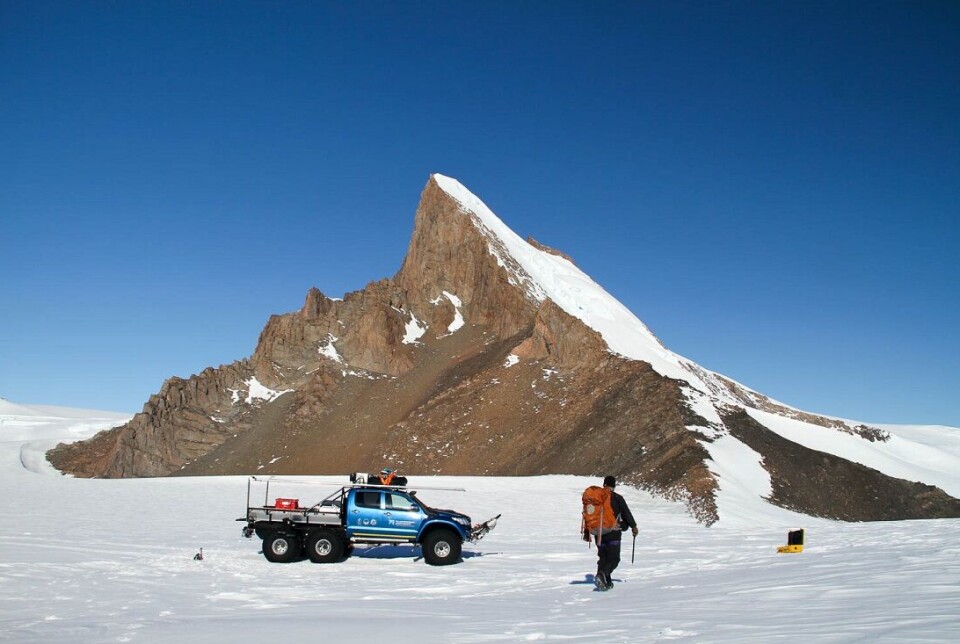
The ice in the east is on land
The ice sheet in Antarctica is neither distributed nor uniform. In the west, large parts of the ice sheet lie below sea level, up to a depth of 2,500 meters. This makes it very vulnerable to warming oceans. In contrast, much of the ice sheet in the east lies directly on land, above sea level, meaning it is less sensitive to the influence of the ocean.
This sector of the ice sheet in East Antarctica was thinner in the past than it is now, and not too long ago either. In fact, it was thinner after the end of the last ice age, when large ice sheets covered North America, northern Europe, and southern South America. When these ice sheets melted, they raised the sea level more than 100 meters.
“Based on the evidence we presented in our study, we concluded that the East Antarctic ice sheet in Queen Maud Land also melted rapidly along its margins between 9,000 and 5,000 years ago, in a period we call the mid-Holocene. At that time, many parts of the world experienced warmer summers than we have today,” says Rogozhina.
It is not so strange that the ice in East Antarctica is melting as a result of this. But it still raises concerns when seemingly stable ice can change so quickly.
It is difficult to find a simple and easy explanation for this behavior, or to determine the exact moment when the fusion occurred, especially since the conditions in this part of the world are sometimes quite inhospitable.
But researchers found a way to unravel this mystery.
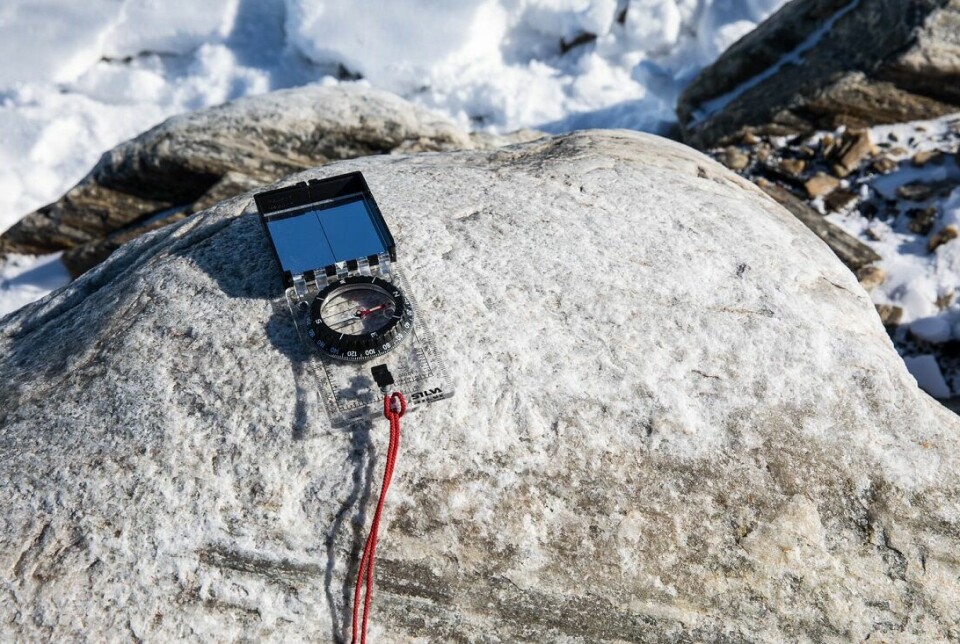
Cosmic radiation changes rocks
The research team examined rocks from several nunataks in Queen Maud Land for exposure to cosmic radiation.
“Nunataks are mountains that stick through the ice. We have visited nunataks and taken samples,” says Ola Fredin, a professor in the Department of Geosciences and Petroleum.
The researchers examine different isotopes, or variants, of elements such as chlorine, aluminum, beryllium and neon in the nunataks’ rocks. With the help of cosmogenic isotopes, they can find out how high the ice was during geologic time on Queen Maud Land. Fredin compares it to using a dipstick to measure the engine oil level in your car.
In this way, researchers can say something about how long the rocks have been exposed to cosmic radiation. Then they can also say something about how long it has been since the rocks have been under a protective layer of ice and thus not absorbed any cosmic radiation.
To do this, they use data from different areas and run a variety of computer simulations.

Rising seas and warmer water broke up the ice
The researchers also believe they are on the way to finding a reason why the ice sheet sector in East Antarctica thinned so much immediately after the end of the last ice age.
“We believe the ice sheet became less stable due to higher regional sea levels and warmer water rising from the ocean depths in the polar regions, penetrating beneath the ice margins and melting them from below. This leads to the breaking up of large icebergs and accelerates the movement of ice from land into the ocean, which in turn thins the inner section of the ice sheet. The process is similar to when a house on a hillside loses its supporting base and begins to slide down,” says Rogozhina.
In short, the less stable and fast-flowing parts of the ice sheet in East Antarctica, called ice shelves and floating in the ocean, broke up more easily. This, in turn, caused the ice sheet to become much thinner in a relatively short time, geologically speaking, or a few hundred to thousands of years.
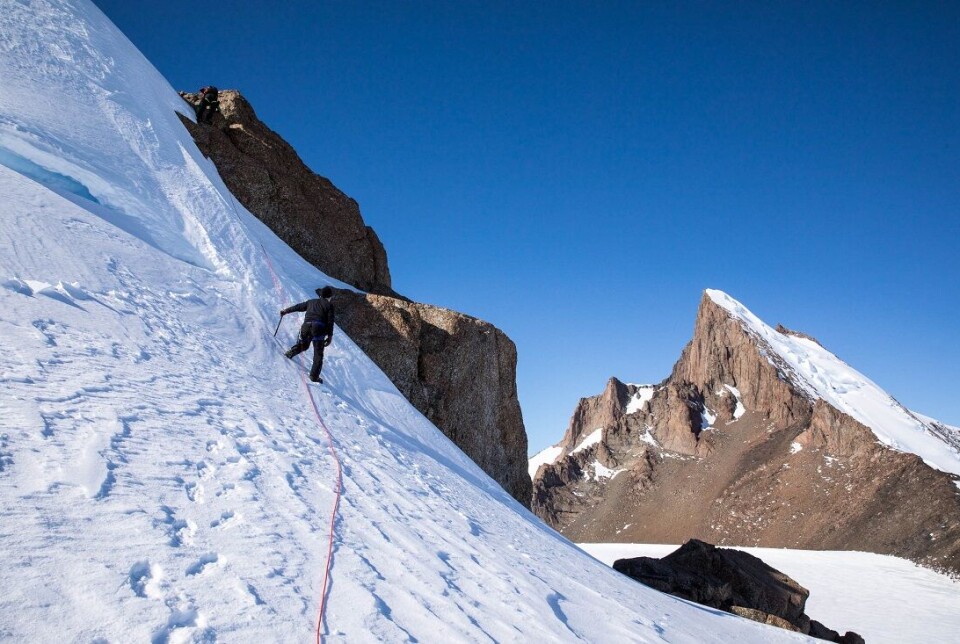
Thick ice is most common on the coast
Cosmic radiation can also help researchers figure out how common it is for ice to cover an area. Researchers have also investigated this.
The results show that it is more common for Queen Maud Land ice to be thick along the coast. But not further into the continent, where mountain tops jut out from the ice and the land can be several thousand meters high.
“We found that the land masses along the Queen Maud Land coast have been ice-covered 75 to 97 percent of the time over the past million years,” says Fredin.
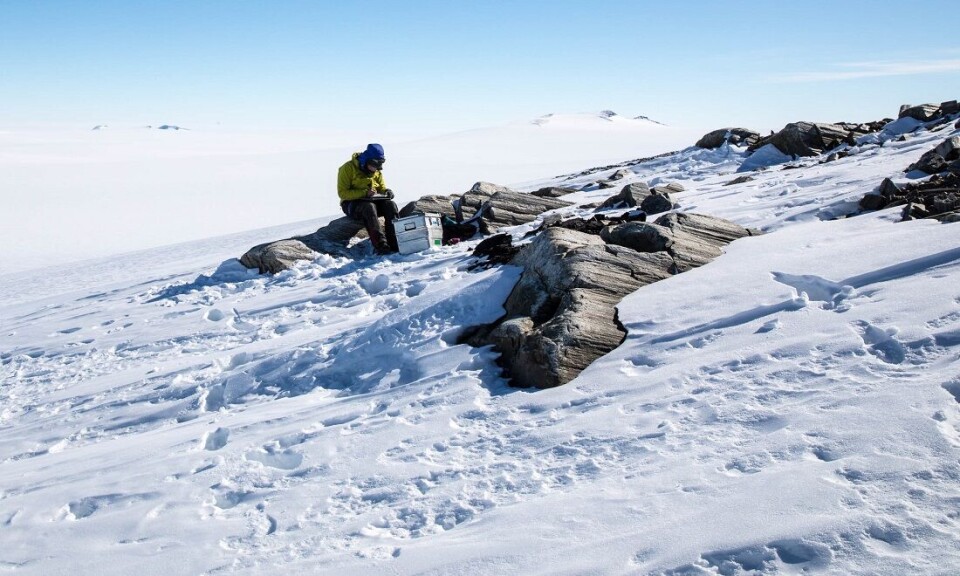
But the tops of the mountains are covered only occasionally
Fredin was part of another study, which has also published its results Nature Communications Earth and Environment. This group examined rocks from several different areas of Queen Maud Land and found great variations.
“In contrast to the coastal areas, which have been ice-covered most of the time, we find that the mountaintops deeper into the continent have been ice-covered only 20 percent of the time,” says Fredin .
Therefore, the ice sheet thickness and rate of movement vary greatly over longer periods, and the continental ridge appears to be an important divide between the dynamic coast and the ice sheet beyond the South Pole, which varies much less in thickness. .
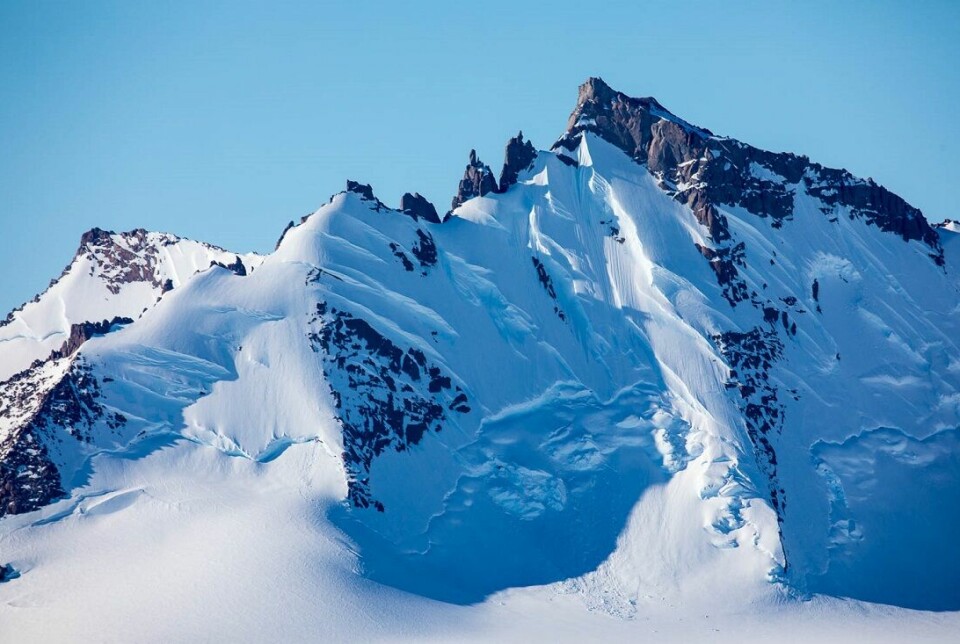
References:
Andersen et al. A topographic hinge zone divides the dynamical regimes of the coastal and interior ice in East Antarctica, Earth and Environment Communications2023. DOI: 10.1038/s43247-022-00673-6
Suganuma et al. Regional sea-level rise caused Holocene ice sheet thinning off the coast of Dronning Maud Land, East Antarctica, Earth and Environment Communications2022. DOI: 10.1038/s43247-022-00599-z


